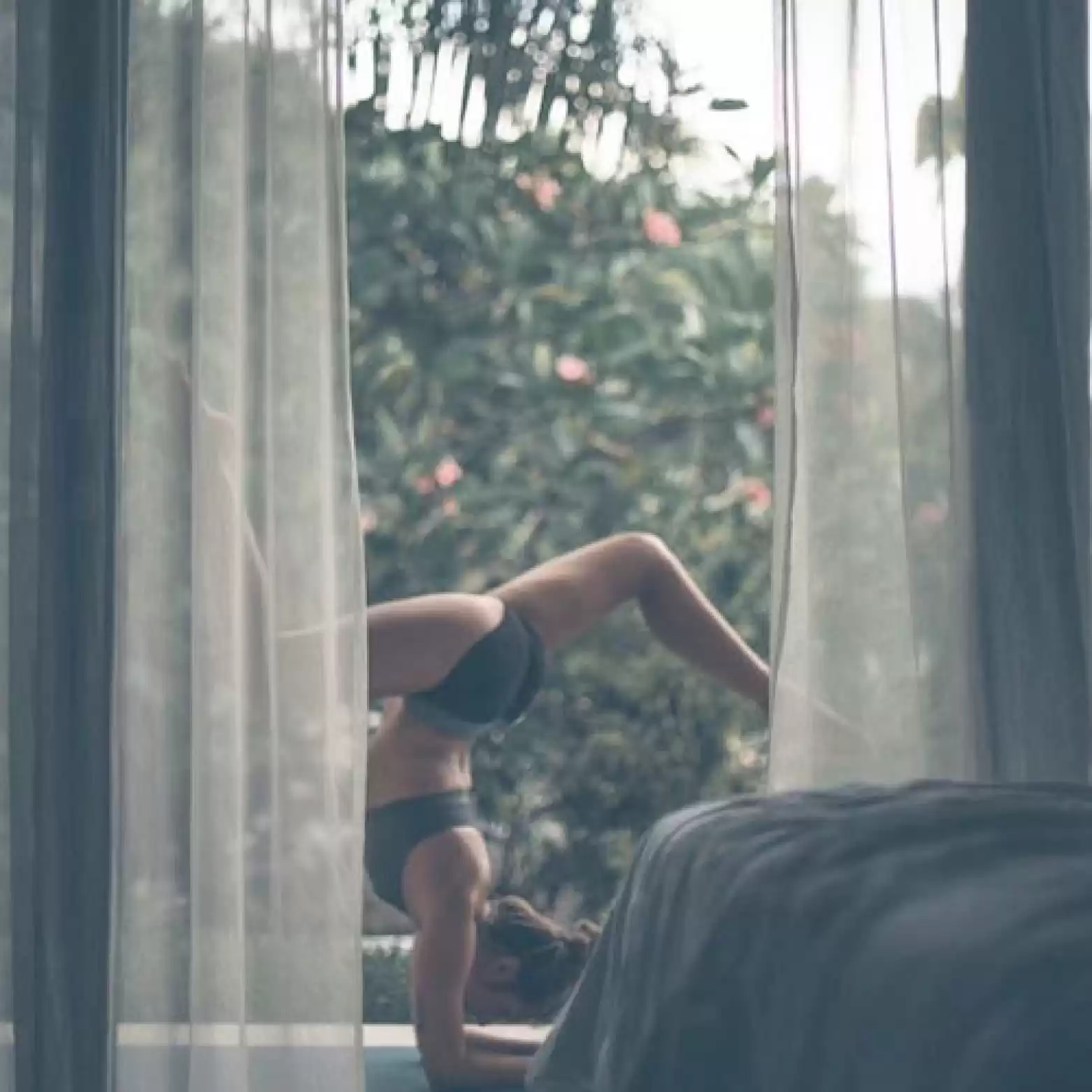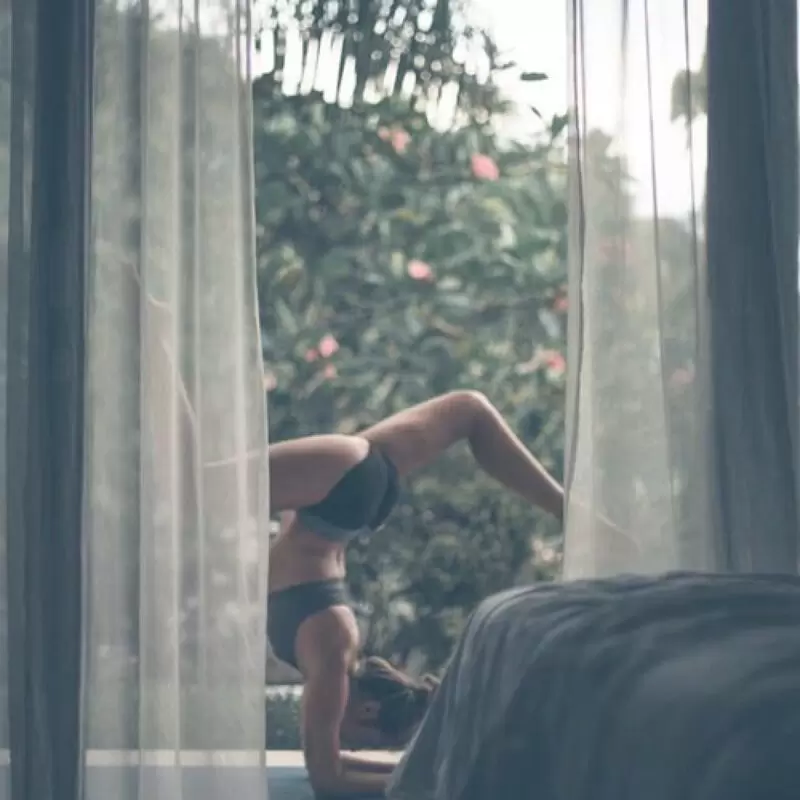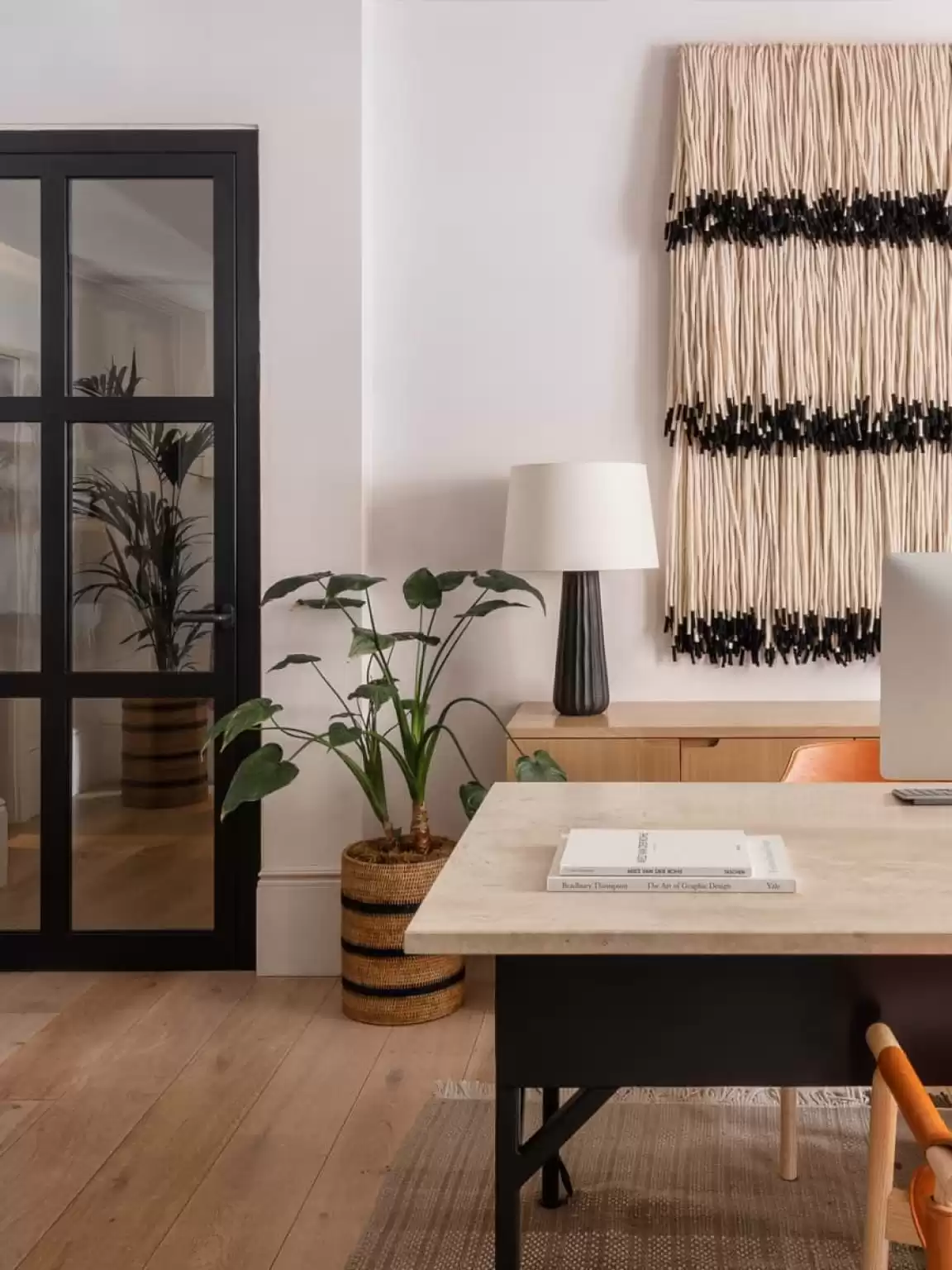Research and folk-lore, however, can be overwhelming. So just where do we start? At Inhabit we bring together thoughts on sleep from leading architects, mindfulness practitioners, sleep researchers and clinicians, who offer their pointers on sleep in a practical, distilled format. From retrofitting your bedroom to concrete tips about a bedtime routine that will get your zzzz’s going and the optimal sleep environment, we’ll lay it all out. Read on.
A Few Pointers on Sleep
Why we need sleep remains a mystery. Poor sleep habits (referred to as hygiene) are common problems in today’s society; we stay up too late and get up too early. We interrupt our sleep with drugs, chemicals and work and often over stimulate ourselves with late night activities such as watching television. but the dangers of consistently poor sleep are overwhelmingly clear: obesity, illness, reduced lifespan and quality of life. The average person requires 7 1/2 hours of sleep, but no one person is the same. 2/3 of the population sleep 6 1/2 to 8 1/2 hours. Only a small minority of us feel fine on 4 hours a night or as much as 10 hours a night. The right amount of sleep for you is when you waken feeling refreshed, alert during daylight hours and function well during the day. Solving the sleep problem involves learning simple but effective solutions: tackling physical problems through stretching and physical care; establishing regular routines.
Whilst pervasive sleep issues require medical attention, for those with minor sleep disturbances, there are many easy tweaks you can make to your bedtime routine and sleep environment for a good night’s rest. Here are a few that we find work well for us. Experiment away.
‘Postures for Sleep’
Child’s pose
Breathe out and sink your bottom to your heels and bring your forehead down onto the floor, softening your shoulders. Be guided by the comfort of your neck, shoulders and upper back. Stay here for 5-10 relaxed breaths, longer if it feels good. Feel how breathing into this shape melts tension in the back of your body.
Pigeon
From all fours, bring your right knee to your right hand, bring your right foot in front of your left hip, slide your left leg further back behind you and lower your body down towards the floor. Bring your forehead to rest on the floor or on the back of your hands. Keep your elbows wide apart and soften your shoulders. Consciously soften the muscles of your back, buttocks and thighs. Hold for 5-15 breaths, focusing on lengthening your out breathe, then repeat on the other side.
Legs Up
Have a cushion and blanket within easy reach. Sit on the floor at the base of a wall or the sofa. Carefully lie on your back and swing your legs up the wall or onto the sofa. The wall provides a more restorative effect, but can be a strong hamstring stretch. Be guided by your own body and sense of comfort. Place the cushion beneath your head, drape a blanket over you. Stay here for five minutes or more and allow your body to be held. There is nothing to be done but soften and release.
Savasana
Gather a folded blanket to place under your head, a bolster or rolled blanket to place beneath your knees, an eye pillow or wrap if you have one and, if the temperature requires, a blanket to drape over you. Lie on your back with your head and knees supported. Have your feet at least hip-width apart and let your toes drop out to the sides. Place your arms 45 degrees away from your body with your palms facing upwards, allowing your fingertips to curl in towards your palms. Feel your body melt into the floor. Say to yourself: ‘There is nothing required of me right now.’ Focus your attention to the sensations of your breathing and your body. Remain here for at least 5 minutes. As simple as it sounds, this is the most healing and restorative posture you can do before bed, preparing you for a truly restful sleep.



